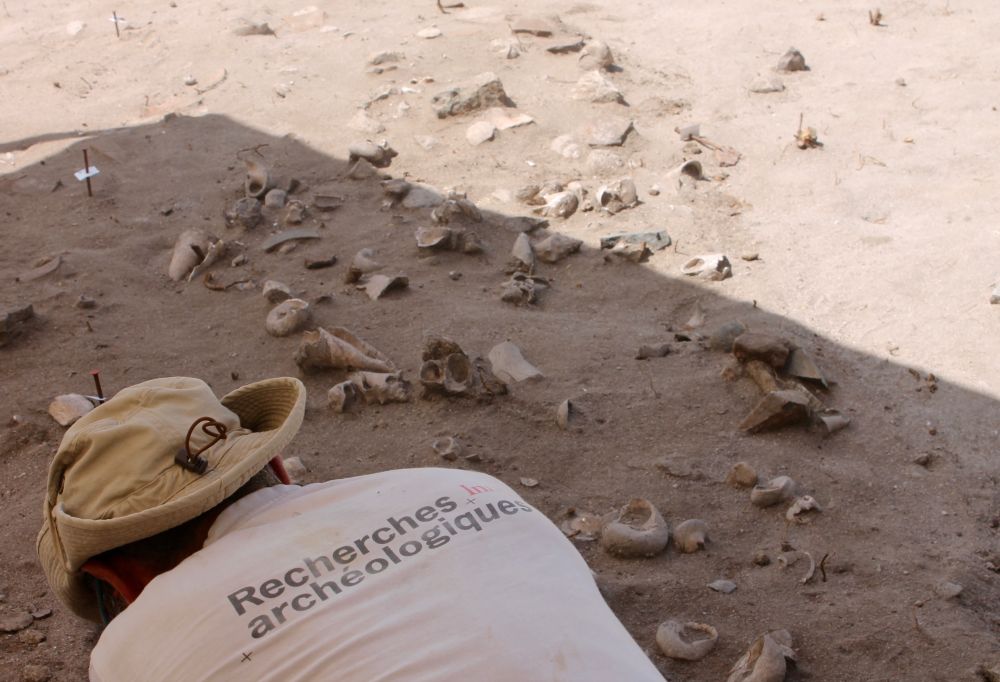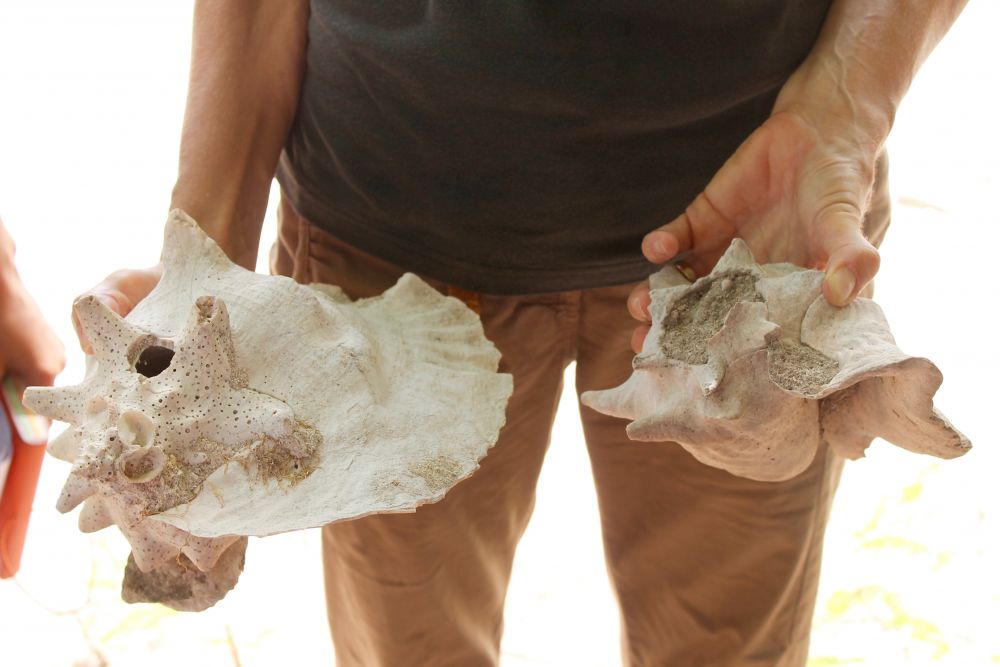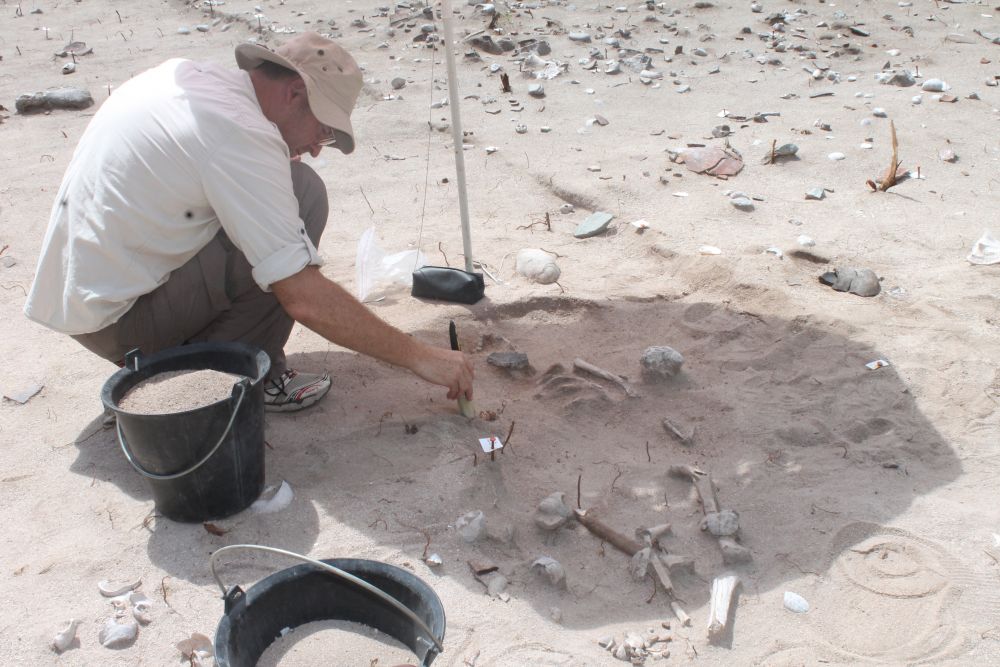Discovered a 1,000 year old Ameridian Village in Grand Case
When some inhabitants of the neighborhood filed a building permit request by the Collectivité, their request was transmitted to a specific department in Guadeloupe because this plot of land appears on an archeological map of Saint-Martin. In other words, their plot may contain remains and searches are required before the construction begins. That is the reason why a team of archaeologists and anthropologists has been working in Grand Case to make the remains of an Amerindian village reappear. This goes back to 1000 A.C.
The discovery of this site is however not surprising as two years before, some remains of the same village were found during the construction of a house. The archeologists believe that the scope of the village is around 1 hectare. “Here, we are by the seashore, at the bottom of a hill and close to a lagoon, which makes it the ideal location for the Amerindians”, says Nathalie Sellier-Segard, a scientific head at the Inrap (Institut national de recherches archéologiques préventives).
The current works correspond to one of the garbage dumps. Indeed, the Amerindian village includes an area designed for carbets surrounded by garbage dumps. This is the reason why many shells can be found there. Huge lambis have been discovered and they are in a very good condition, despite their age, i.e. 1000 years. “We implement methods and use tools which allow us to date the objects we find”, Nathalie says. The latter will be presented to the public during the open house day, this Saturday.
She will explain how the Amerindians used to use the Lambi. “Today, we cut the lambi on the upper part of the shell (see right picture for ref.), whereas the Amerindians would dig a hole to pull the animal (see left picture), Nathalie adds, before she takes an adze - a tool that is made of a Lambi shell.
Among the lambis and ceramics, human bones were found at various locations. A tarpaulin protects two of them before they are studied. An anthropologist works in the third one. Using a brush, he gently removes the sand surrounding these bones. It is easy to recognize part of the chest cavity and the legs. “We could not find a pelvis, so we will not know if this is a man or a woman”, the experts say. He noted that the body was lying on the stomach, which is quite uncommon among the Amerindians. For now, no explanation has been found.
These searches will last until November 7. Then, the archaeologists will analyze all the objects. The study of these items will contribute to the works that have already been carried out on these people.
Open House Day
Saturday, October 8th, from 9 am to 12 am, and 2 pm to 5 pm.
The works are facing the Octopus diving club.
Entrance is free.













